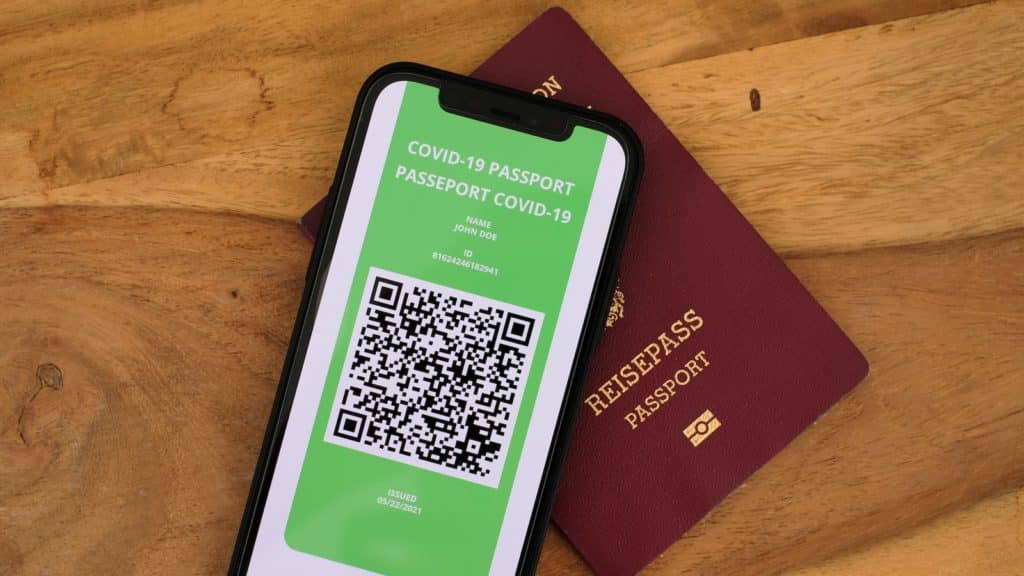Which information does the passport include?

A passport includes a description of the bearer, including their full name and date of birth. It also contains information on the length of validity for each passport (usually either five or ten years). The document shows if it is an emergency travel document, diplomatic service, or courtesy title. A list of countries that signed to accept this identification can be found at the bottom right corner.
As of December 2024, 174 countries have adopted biometric passports, incorporating electronic chips that store travelers’ biometric data, enhancing security and streamlining border processes.
The global biometric technology market is experiencing significant growth, with projections indicating it will reach $85 billion by 2027, reflecting a compound annual growth rate (CAGR) of 14.1% from 2021 to 2027.
These advancements underscore a global shift towards more secure and efficient identification methods in travel and other sectors.
Any visas issued by other nations are shown below. In addition to all these features, there is also a machine-readable zone that provides further details about who has permission to cross borders using this document. As well as many other important data points like fingerprints and signatures.
Some passports show QR Codes in some locations where those with digital camera phones
The U.S. Department of State’s website states that “In the near future, all adult passports will have a digital photo and electronic chip technologies.” And while we are still waiting for this to happen, the US Passport Agency is requesting more time to implement these changes due to compatibility issues between its current equipment and new technology. The result: many travellers are being denied boarding on international flights because their passports don’t meet requirements set by countries around the world.

Which countries are planning the COVID passport?
COVID-19 – the coronavirus passport is an abbreviation for “Comprehensive Visas and Immigration Control” which is a planned framework to standardize visas, immigration rules, and other related documents in order to improve international travel. The COVID process will be complete by 2021 at all airports. Your company will have to digitalize its services too.
Will the passport be on our smartphone?
No, the passport will not be on your smartphone and you will need to bring it with you. There are two ways in which the COVID process can facilitate a simplified electronic system for travel authorization: an automated e-visa or remote validation of controlled documents at the border (e-gate).
It will be useful to sign documents digitally and leverage digital onboarding tools for more convenience.
What is the passport MRZ and why do you need it for KYC remediation?
The MRZ stands for Machine Readable Zone. It is a zone on the passport that machines can scan, and it contains all of your personal information including:
- Your name
- Date of birth
- Nationality or country of citizenship
- Passport number (if available) – some countries are also starting to encode their RFID chip with more information about travellers like fingerprints – this machine-readable area will change over time as technology improves.
This data is read from the machine scanning your documents in order to authenticate you at airports and border crossings. Software like ONFIDO collects the data and then linked it directly to InvestGlass CRM.
How InvestGlass collects passport data to facilitate digital onboarding?
InvestGlass collects passport data from customers in order to facilitate onboarding. This is done through ONFIDO’s or SUMSUB identity verification which allows for the acquisition of a customer’s passport details, such as name, date of birth, and nationality, as well as their digital photo. You can easily set up InvestGlass digital forms and then send the information to third-party passport API like SUMSUB. The Sumsub application will naturally check that the passport is real.
To start using InvestGlass, you will need to sign up for an account and create your profile. On the homepage of the website, click on the ‘Sign Up’ button.
Once the initial sign-up process is complete, you will access the InvestGlass platform and begin setting up your digital forms for digital onboarding. After signing in, you can navigate to the “Forms” section where you can create custom forms tailored to your needs.